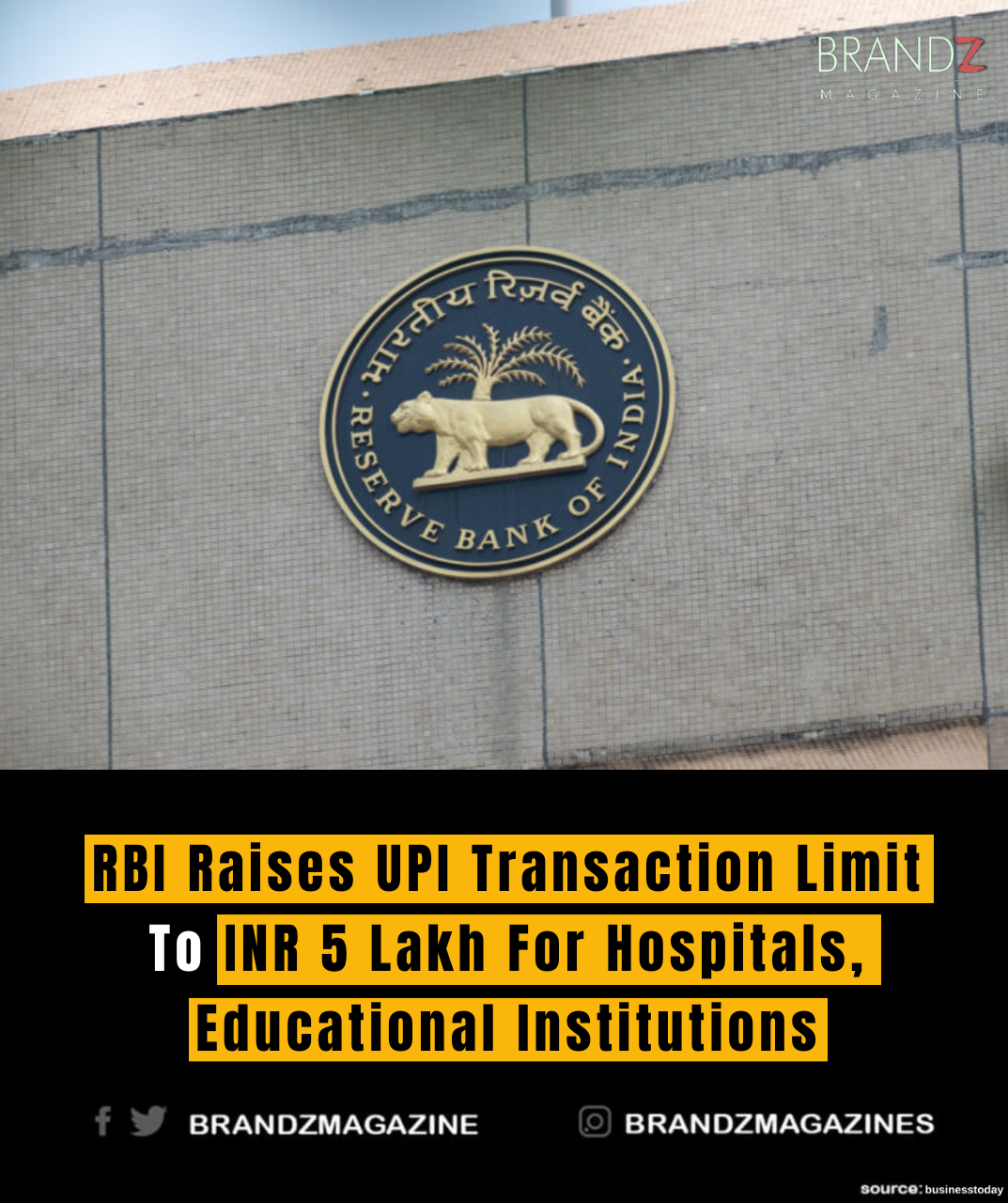
In a significant move aimed at facilitating seamless financial transactions in crucial sectors, the Reserve Bank of India (RBI) has announced an increase in the transaction limit for Unified Payments Interface (UPI) transactions. The new limit, set at INR 5 lakh, specifically targets transactions made by hospitals and educational institutions, providing a substantial boost to the digital payment landscape in these essential sectors.
The UPI platform, which has emerged as a game-changer in India’s digital payments ecosystem, allows users to link multiple bank accounts to a single mobile application, facilitating real-time peer-to-peer and peer-to-merchant transactions. The decision to raise the transaction limit for specific entities reflects the RBI’s commitment to fostering a digital-first economy while addressing the unique financial needs of critical sectors.
Hospitals and educational institutions play pivotal roles in society, and their financial transactions often involve substantial amounts. By increasing the UPI transaction limit to INR 5 lakh for these entities, the RBI aims to streamline financial processes, reduce the reliance on traditional modes of payment, and enhance the overall efficiency of fund transfers.
One of the primary benefits of this higher transaction limit is the ease with which large payments, such as tuition fees, medical bills, and other significant expenses incurred by individuals in these sectors, can now be processed digitally. This aligns with the broader digitalization initiatives championed by the Indian government and financial regulators, promoting a less-cash economy and encouraging the adoption of digital payment channels.
The decision is also expected to have a positive impact on the operational efficiency of hospitals and educational institutions. Large-scale financial transactions, which were previously subject to multiple stages of clearance and often involved paperwork, can now be executed swiftly through UPI, reducing the administrative burden on these institutions. This newfound efficiency is particularly crucial in sectors where timely financial transactions can directly impact service delivery, patient care, and educational operations.
Furthermore, the increased UPI transaction limit reflects a growing confidence in the security and robustness of digital payment platforms. As these limits are raised, it underscores the evolution of digital payment systems to handle higher transaction volumes securely. The RBI’s decision takes into account the advancements in technology and security measures that have been implemented to safeguard digital transactions, ensuring that the increased limits do not compromise the integrity of the payment ecosystem.
For consumers, this development translates into more flexibility and convenience in managing their financial transactions with hospitals and educational institutions. Whether it’s paying for medical treatments, diagnostic services, or educational fees, individuals now have the option to conduct high-value transactions seamlessly through their preferred UPI-enabled applications.
As the RBI continues to adapt its policies to the evolving landscape of digital finance, the decision to raise the UPI transaction limit for hospitals and educational institutions serves as a forward-looking step. It not only addresses the specific needs of these sectors but also sets a precedent for potential future adjustments in transaction limits across various industries.
In conclusion, the RBI’s decision to increase the UPI transaction limit to INR 5 lakh for hospitals and educational institutions marks a significant stride in promoting digital financial inclusivity and streamlining financial processes in critical sectors. This move aligns with the broader national agenda of fostering a digital economy and underscores the pivotal role that digital payment platforms play in shaping the future of financial transactions in India.

